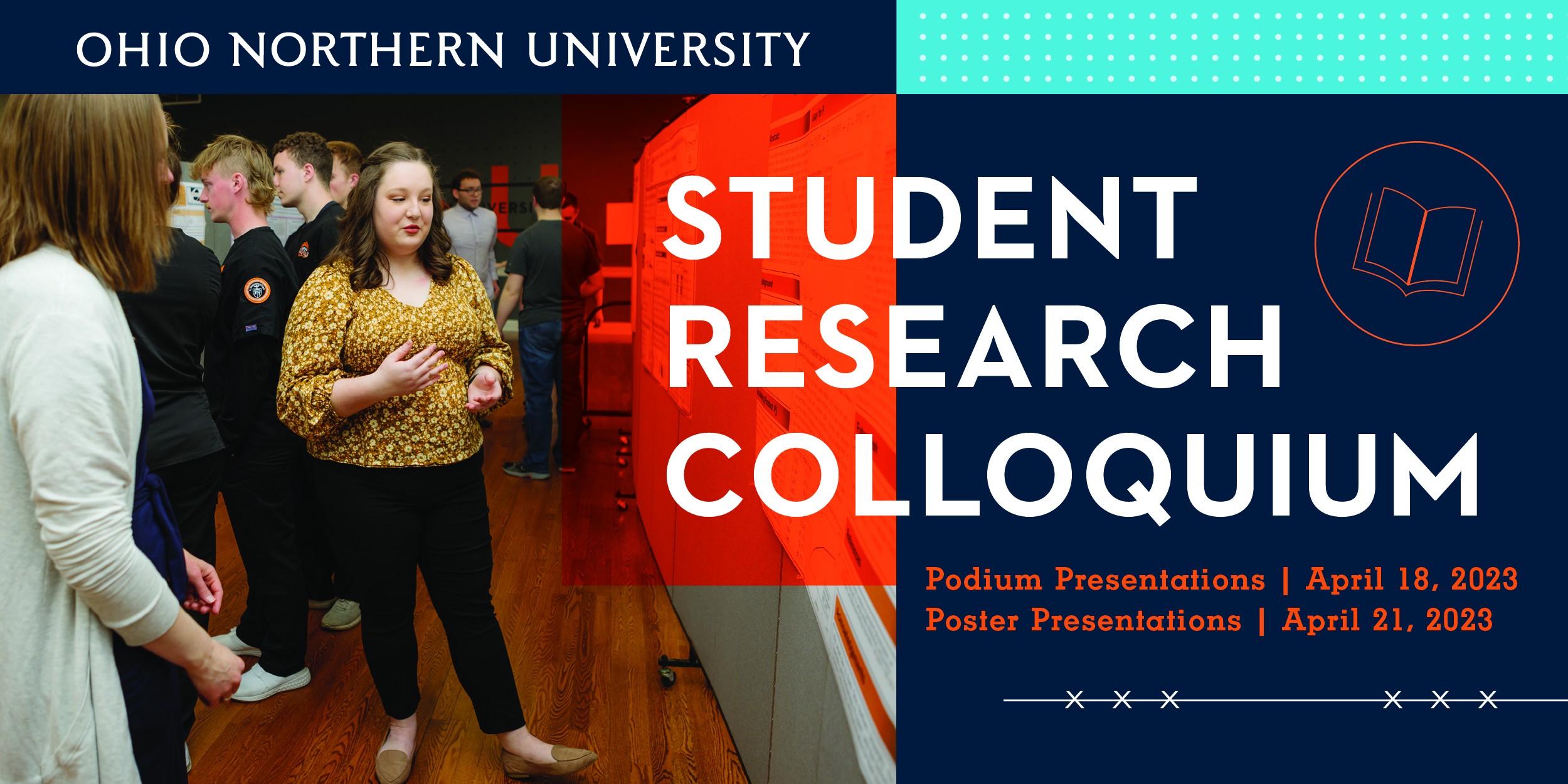The Impact of Short-term Exercise on Vital Capacity Between Female ONU Soccer Players and Non-athletes
Advisor(s)
Dr. Rema Suniga
Confirmation
1
Document Type
Poster
Location
ONU McIntosh Center; McIntosh Activities Room
Start Date
21-4-2023 10:00 AM
End Date
21-4-2023 10:50 AM
Abstract
Previous studies have demonstrated that athletes participating in football, swimming, basketball, and soccer have a significantly higher vital capacity than non-athletes because of their increased lung function due to long term activity in their sport (Saputri et al., 2018). This IRB approved study aimed to demonstrate the difference in vital capacity (VC) between soccer players and non-athletes while comparing their percent change in vital capacity before and after short-term exercise. In this study, 15 female soccer players and 15 female non-athletes aged 18-22 attending Ohio Northern University (ONU) were gathered. The vital capacities (L) of each group were measured before and after exercising on a treadmill at 6 mph for 4 minutes, using a Baseline 12-1710 Windmill Type spirometer. On average, athletes were found to have a smaller percent change in vital capacity (-6.18%) from before to after exercise, compared to non-athletes who had a larger percent change (-8.96%); these percent changes were not significantly different between the two groups (N=30, α=0.05, p=0.675). Although on average there was a decrease in mean vital capacity after exercise among all subjects, exercise did not have a significant difference on vital capacity (N=30, α=0.05, p=0.196). A general trend, however, was seen that soccer players had a lower percent change in vital capacity and when comparing all of the subjects, they displayed a decrease in vital capacity after participating in short term exercise. This may suggest that although short term exercise decreases the maximum amount of air one is able to exhale after maximally inhaling (VC), the participation in sports and regular exercise reduces the amount that the VC decreases.
Recommended Citation
Pritchett, Taylor; Roberts, Jillian; Cabana, Kylie; and Mentrak, Lucy, "The Impact of Short-term Exercise on Vital Capacity Between Female ONU Soccer Players and Non-athletes" (2023). ONU Student Research Colloquium. 31.
https://digitalcommons.onu.edu/student_research_colloquium/2023/posters/31
Restricted
Available to ONU community via local IP address and ONU login.
The Impact of Short-term Exercise on Vital Capacity Between Female ONU Soccer Players and Non-athletes
ONU McIntosh Center; McIntosh Activities Room
Previous studies have demonstrated that athletes participating in football, swimming, basketball, and soccer have a significantly higher vital capacity than non-athletes because of their increased lung function due to long term activity in their sport (Saputri et al., 2018). This IRB approved study aimed to demonstrate the difference in vital capacity (VC) between soccer players and non-athletes while comparing their percent change in vital capacity before and after short-term exercise. In this study, 15 female soccer players and 15 female non-athletes aged 18-22 attending Ohio Northern University (ONU) were gathered. The vital capacities (L) of each group were measured before and after exercising on a treadmill at 6 mph for 4 minutes, using a Baseline 12-1710 Windmill Type spirometer. On average, athletes were found to have a smaller percent change in vital capacity (-6.18%) from before to after exercise, compared to non-athletes who had a larger percent change (-8.96%); these percent changes were not significantly different between the two groups (N=30, α=0.05, p=0.675). Although on average there was a decrease in mean vital capacity after exercise among all subjects, exercise did not have a significant difference on vital capacity (N=30, α=0.05, p=0.196). A general trend, however, was seen that soccer players had a lower percent change in vital capacity and when comparing all of the subjects, they displayed a decrease in vital capacity after participating in short term exercise. This may suggest that although short term exercise decreases the maximum amount of air one is able to exhale after maximally inhaling (VC), the participation in sports and regular exercise reduces the amount that the VC decreases.

